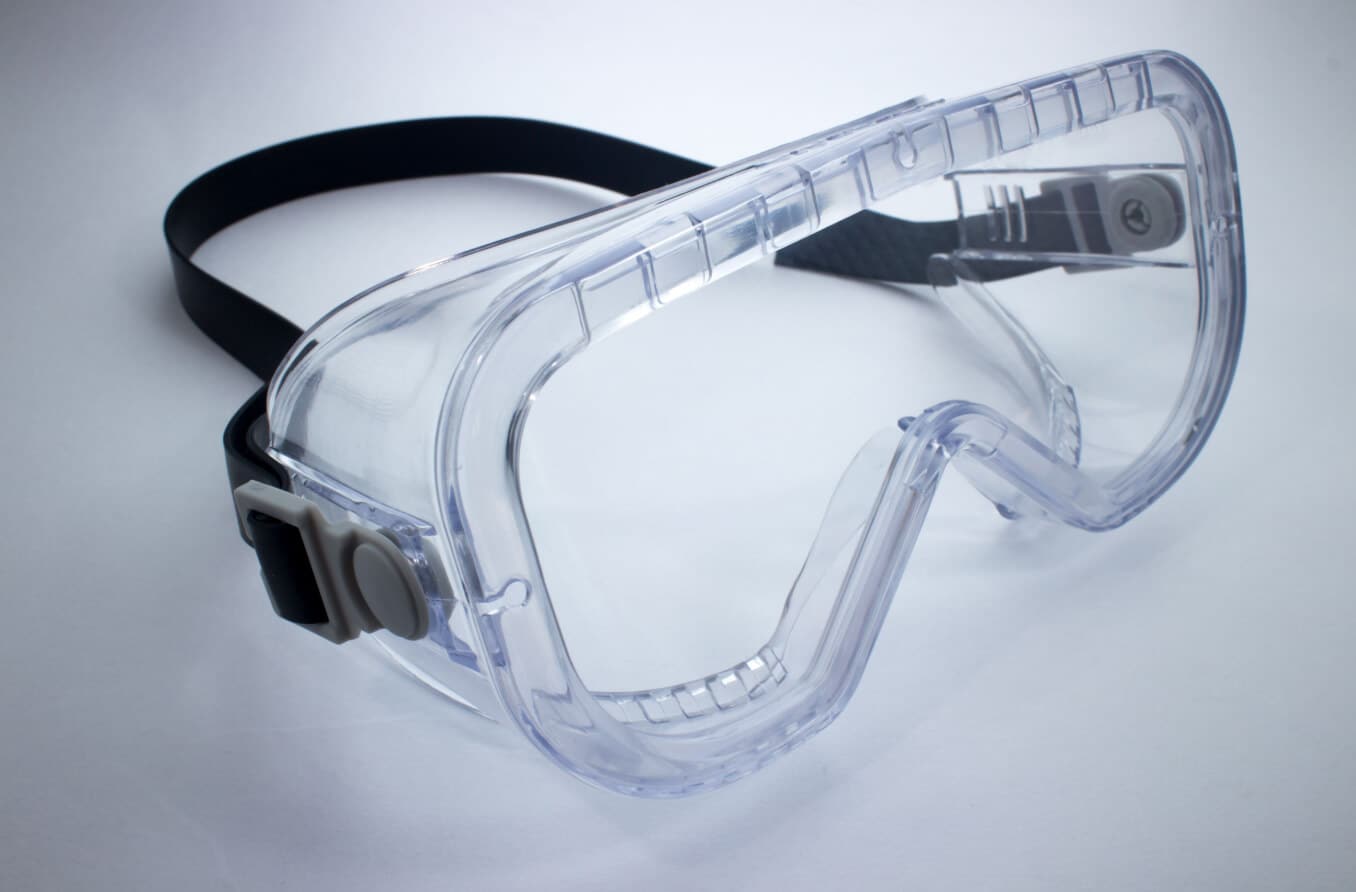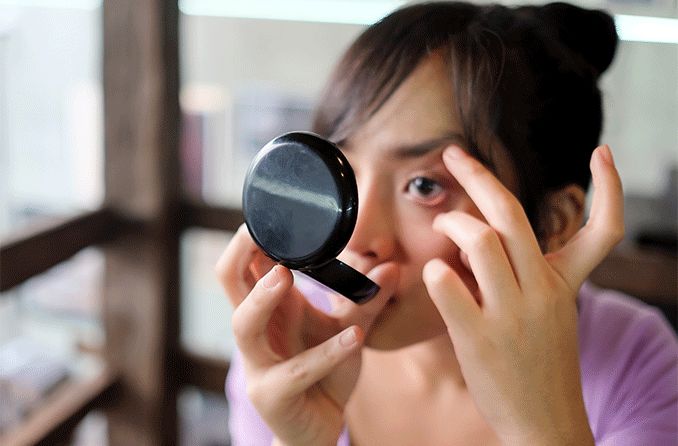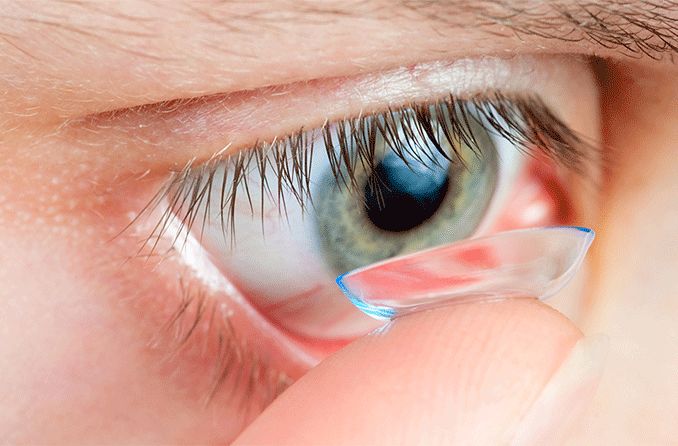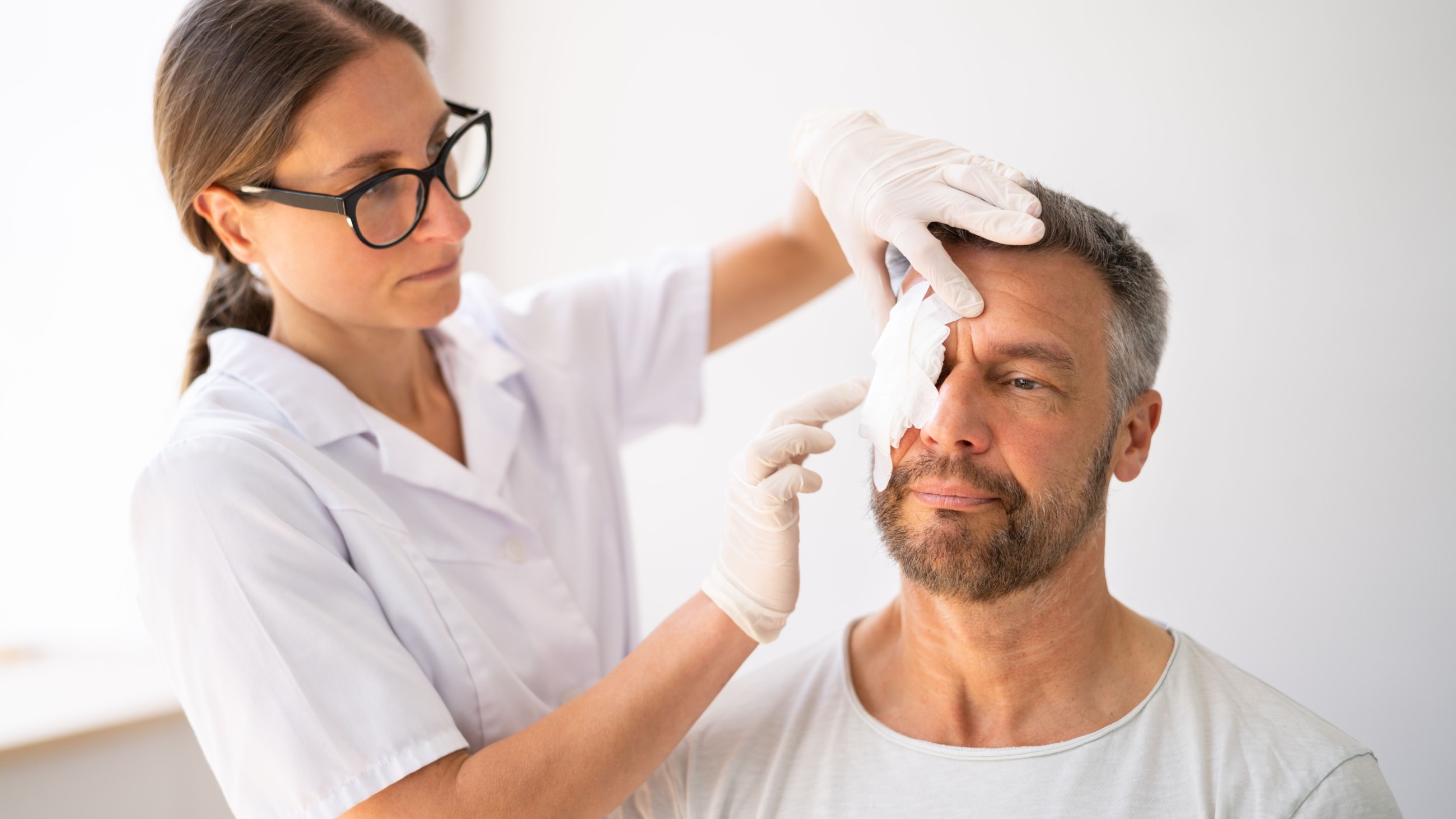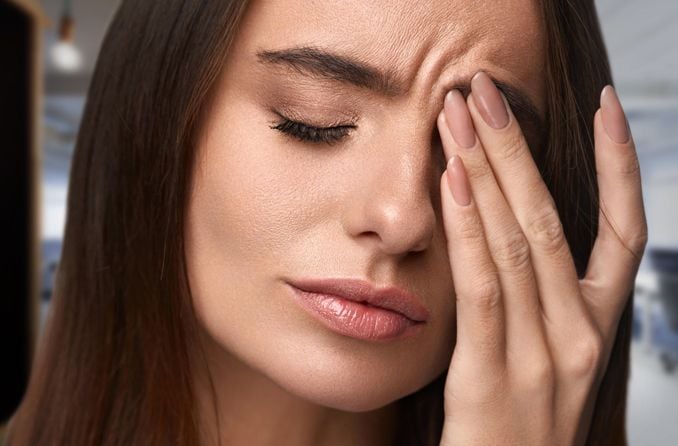Why risk losing precious eyesight when wearing safety glasses or protective goggles can keep your eyes safe for a lifetime of good vision?
According to Prevent Blindness America, each year more than 700,000 Americans injure their eyes at work, and another 125,000 injure their eyes at home. More than 40,000 American children and adults suffer eye injuries during sports, while many thousands more eye injuries go unreported.
Because experts say proper protective eyewear could prevent up to 90 percent of all eye injuries, you might want to learn more about the safety glasses and goggles that suit your lifestyle best.
How do safety glasses and goggles differ from regular eyeglasses?
Safety eyewear must conform to a higher standard of impact resistance than regular eyeglasses, which optical professionals sometimes call "dress eyewear." This higher standard applies to both the lenses and the frames of safety glasses and goggles.
There are two kinds of safety glasses: prescription safety glasses and non-prescription (also called "plano" safety glasses.
Regardless of their size or the durability of the frame and lenses, regular prescription eyeglasses do not qualify as safety glasses unless they meet specific criteria.
In the United States, the federal government establishes safety guidelines for workplaces, to decrease the risk of on-the-job injuries. The Occupational Safety and Health Administration (OSHA) within the U.S. Department of Labor oversees safety practices in the workplace and in educational settings.
OSHA has adopted safety eyewear standards established by the American National Standards Institute (ANSI), a private, non-profit organization that creates quality and safety standards for a wide variety of products.
The ANSI standard applying to eye safety includes several types of eye protection devices, including eyeglasses (both prescription and non-prescription), goggles, face shields, welding helmets and full-face respirators.
ANSI standards for safety eyewear
Updated ANSI safety eyewear standards include the following key features:
- For the basic impact tests, lenses are tested separately (not mounted in a frame). For the high impact classification, the frame and lenses are tested together as a unit.
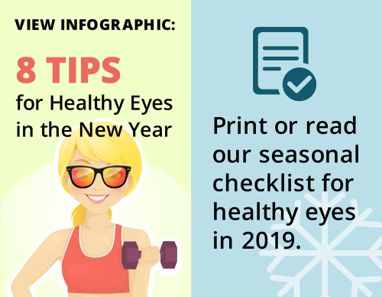
Infographic: 8 Tips for Healthy Eyes This Year
'Tis the Season for Eye Health - No Matter What the Season
- Non-prescription lenses used for high impact testing are considered to be structurally weaker than prescription lenses made of the same material; the prescription lenses are generally thicker.
- Thinner prescription safety lenses are now allowed, if they meet the high impact testing requirements. (Previously, all prescription safety lenses had to have a minimum thickness of 3 mm, making them significantly thicker and heavier than regular eyeglass lenses.)
- Safety lenses now have two classifications of performance: basic impact and high impact.
- The "drop ball" test determines the basic impact safety classification for lenses. In this test, a one-inch diameter steel ball is dropped onto the lens from a height of 50 inches. To pass, the lens must not crack, chip or break. All glass safety lenses must undergo this test. For plastic safety lenses, however, only a statistical sample of a large batch of lenses needs to be tested.
- In high impact testing, a high velocity test is performed by shooting a quarter-inch diameter steel ball at the lens at a speed of 150 feet per second. To pass, the lens must not crack, chip or break, and it must not become dislodged from the lens holder.
How to assess ratings of safety eyeglasses and goggles
Plus mark. To determine if a lens has passed the high velocity test described above, look for the "+" mark that indicates its approval at high impact.
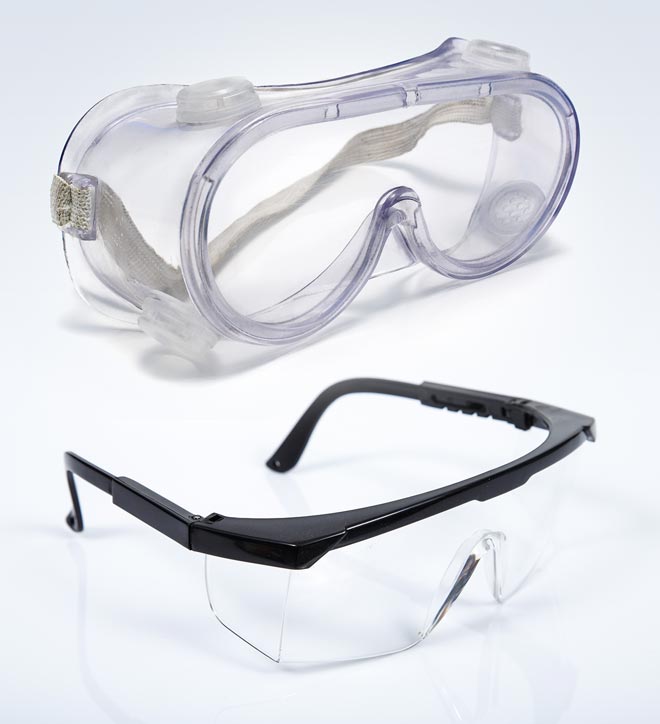
Top: This safety shield is found in hardware stores. It fits over smaller glasses but sometimes fogs up. Bottom: These safety glasses have side shields that don't offer quite as much protection, but they fog less.
This mark may be applied to any prescription lens of the same or greater thickness (at the thinnest point of the lens), made of the same material by the same manufacturer and with the same coating(s) applied.
"V" and "S" marks. Other lens markings that appear on safety lenses are "V" (indicating the lens is photochromic) and "S" (indicating the lens has a special tint). In some cases, a number may also be marked on a shaded safety lens to indicate how much light transmittance is reduced by the tint.
Shaded safety glasses for use when working with molten metal and in soldering, brazing, cutting and welding operations have tint densities that can range from 1.5 to 3.0 (mild to moderate shade for torch soldering) up to 10 to 14 (very dark shades for electric arc welding).
All safety lens markings must be permanent. If lenses do not meet the high impact standard, a warning label that can be removed only by the wearer must be affixed to prescription safety eyewear.
Testing of frames for safety eyeglasses and goggles
Frames for safety glasses are tested using the same criteria whether they will be used in basic impact or high impact applications. Frame tests include:

- High mass impact. In this test, a one-inch diameter steel projectile weighing 17.6 ounces is dropped through a tube from a height of 50 inches onto a safety lens mounted in a frame. The frame is "worn" by an artificial head form. To pass, the frame must fully retain the lens, and no piece can become detached from the inner surface of the frame component that holds the lenses.
- Durability. Safety frames must also pass a flammability-resistance test, a corrosion-resistance test and other durability tests.
- High velocity impact.
This test involves shooting a quarter-inch steel ball at the lens and frame at a velocity of 150 feet per second from a distance of just under 10 inches. The test is repeated multiple times (each time with a new frame and lens) at different angles and positions of impact. The pass criteria are the same as for the high mass impact test.
How to assess standards for frames used in protective eyewear
Non-prescription safety eyewear with non-removable lenses must be permanently marked with the manufacturer's trademark and "Z87" (basic impact) or "Z87+" (high impact) on either the front of the frame or on one temple.
Prescription safety frames must be permanently marked with the manufacturer's trademark and "Z87-2" on the front of the frame and on both temples.
For complete information, you can purchase a copy of the ANSI Z87.1-2003 safety eyewear standard at the American National Standards Institute website.
What type of safety lenses do I need at work?
Your company's safety officer should determine which level of protection (basic impact or high impact) is needed for your job duties.

